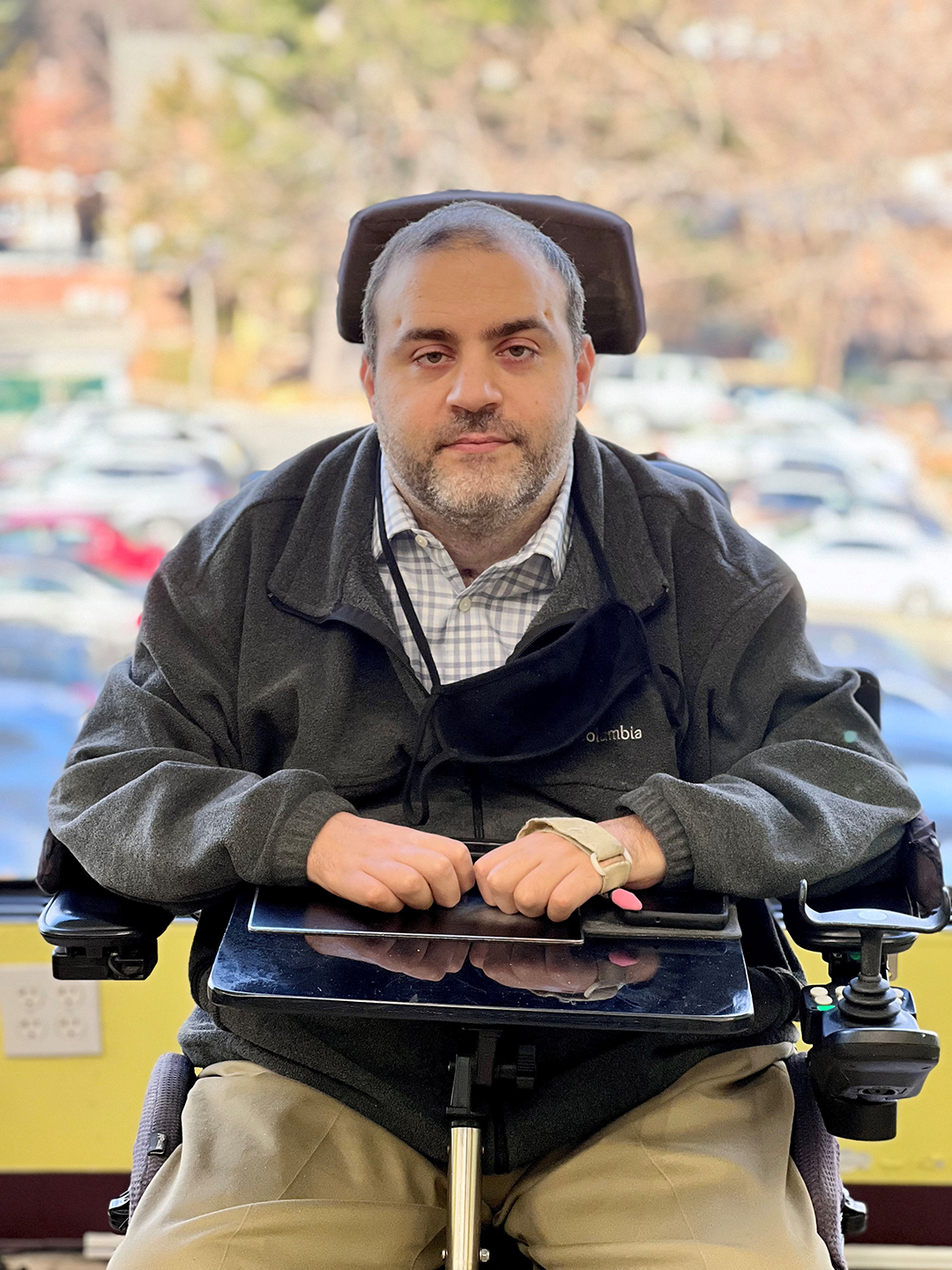by Charles Italiano, Assistant Director
Independent living centers such as WDOMI endeavor to promote the independent living of people with disabilities. Independent living has a range of definitions depending upon the circumstances and demographics of the individual with a disability.
For instance, to an older adult, independent living may mean getting the necessary services and equipment in place so they can remain in their home in the community as opposed to being a resident of an assisted living facility or nursing home. To a student with a disability, independent living encompasses what they may do after graduating from high school and losing the resources and services provided by their school district as they move on to the next stage of their life. There are also people like me: a person with a disability between the previously mentioned life stages.
To this group, independent living is defined by establishing a career, building social and professional networks, planning for retirement, and trying to live to the best of their abilities. Employment is a crucial aspect of living independently with a disability, but eight out of ten people with disabilities are not in the workforce compared to three out of ten people who do not have a disability.
All companies have anti-discrimination policies, promote their inclusivity and diversity, but people with disabilities that want to be in the workforce remain far behind other groups with respect to gainful employment. Perceptions and assumptions about the capabilities of people with disabilities need to be changed if the goal of living independently with a disability will become a reality.